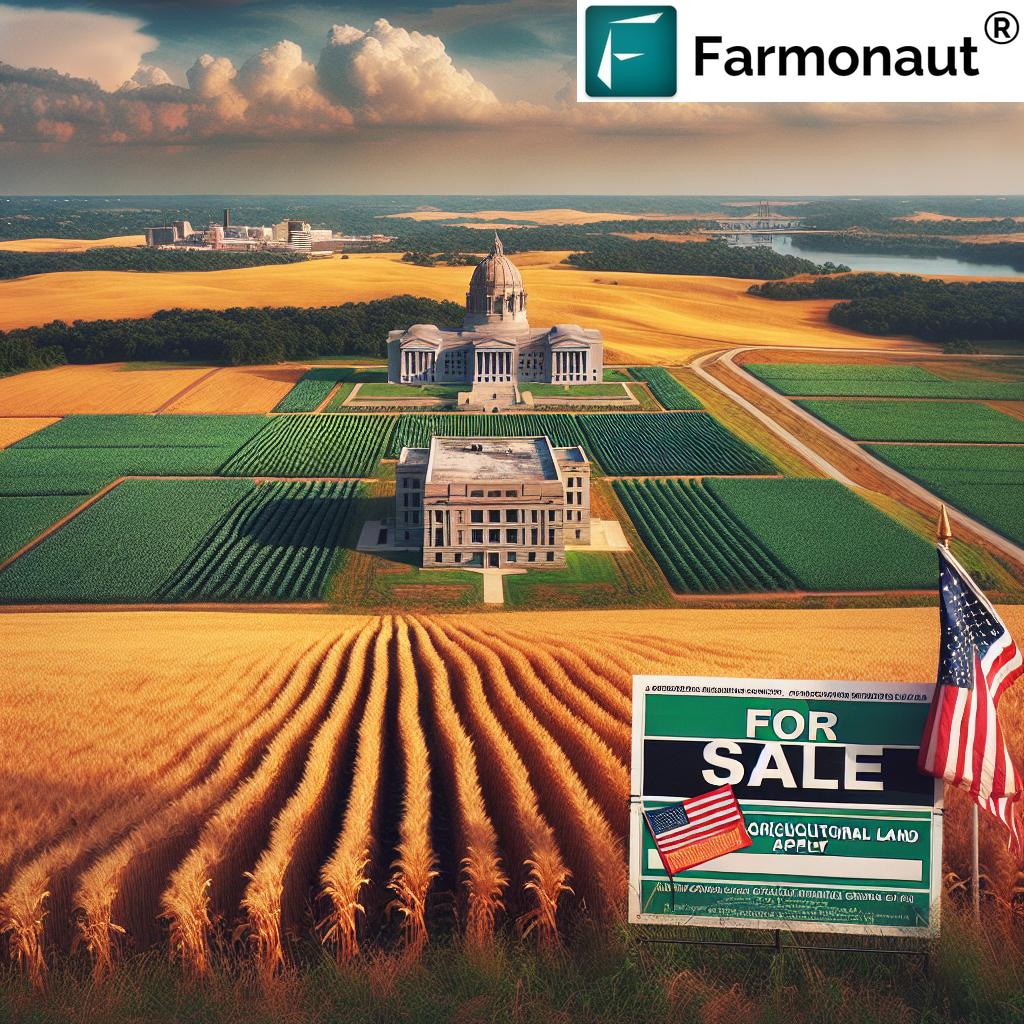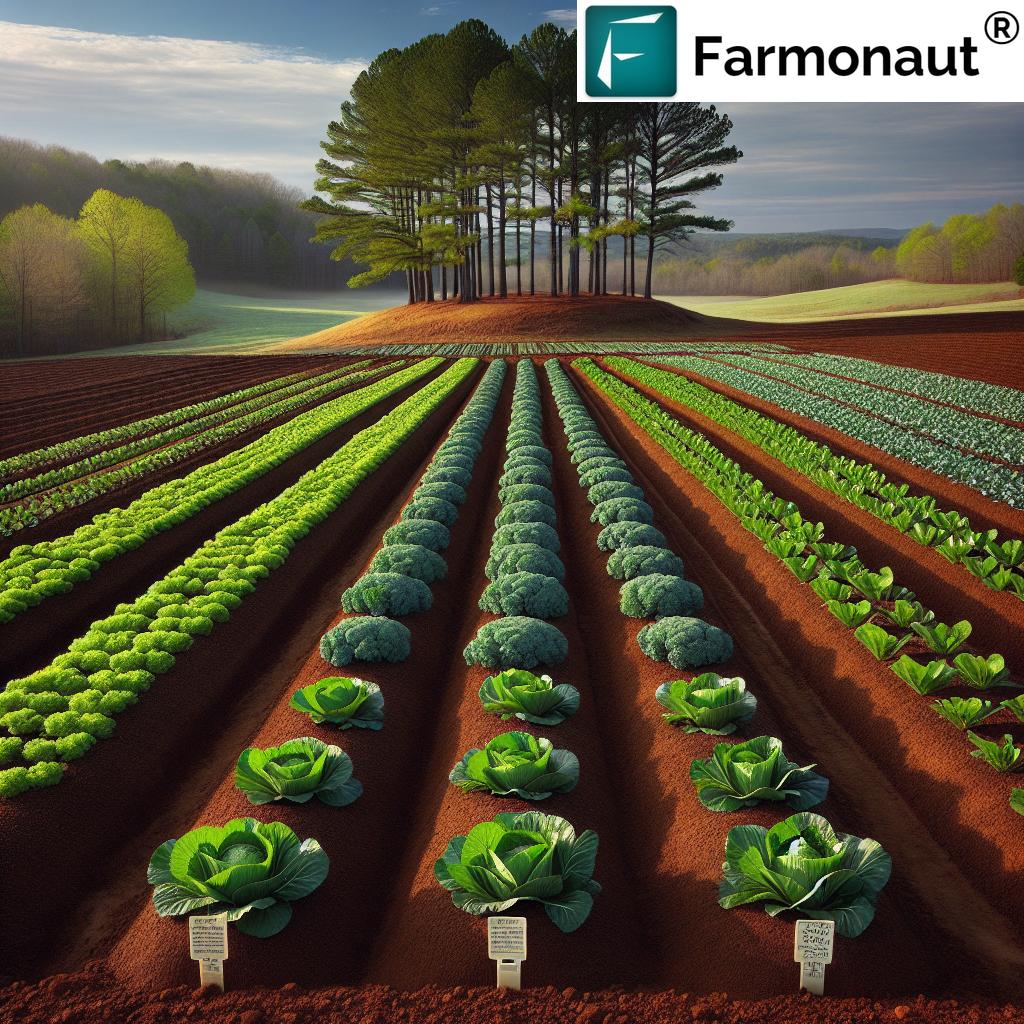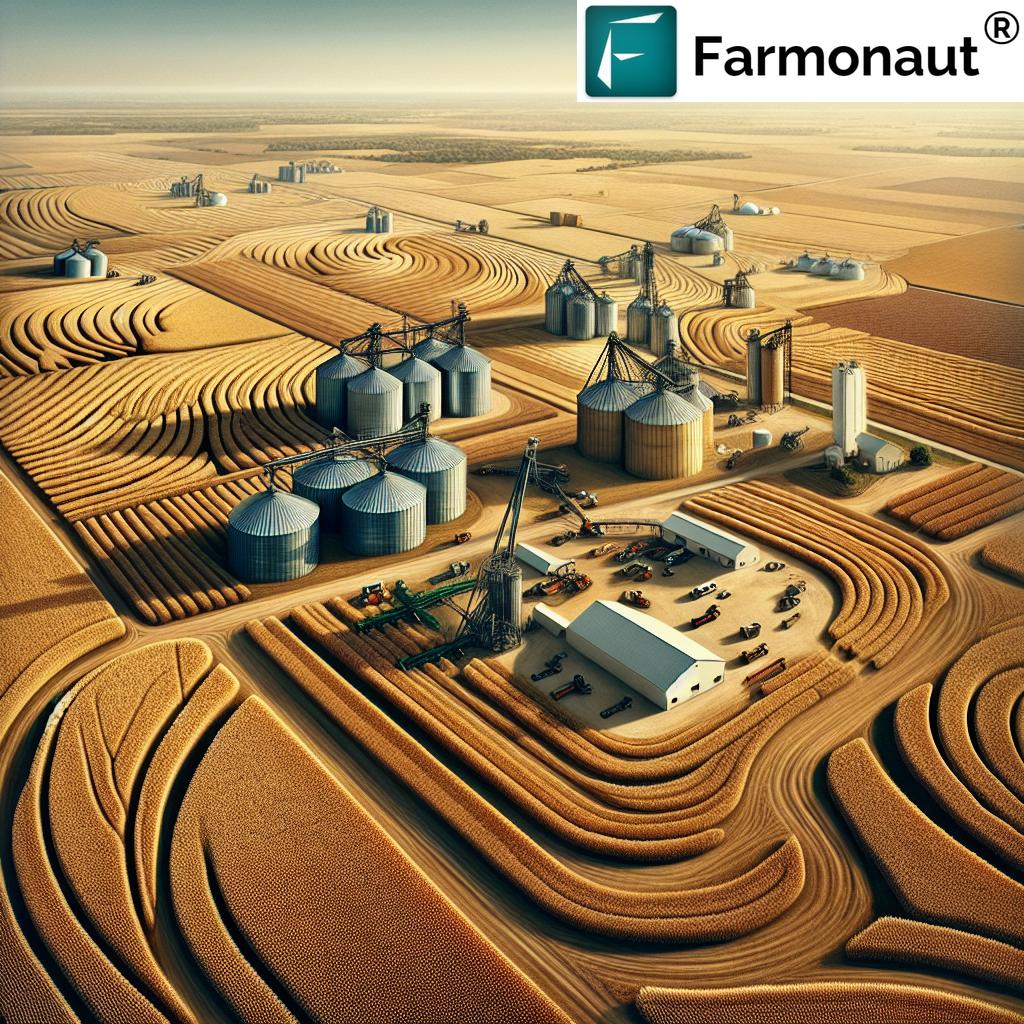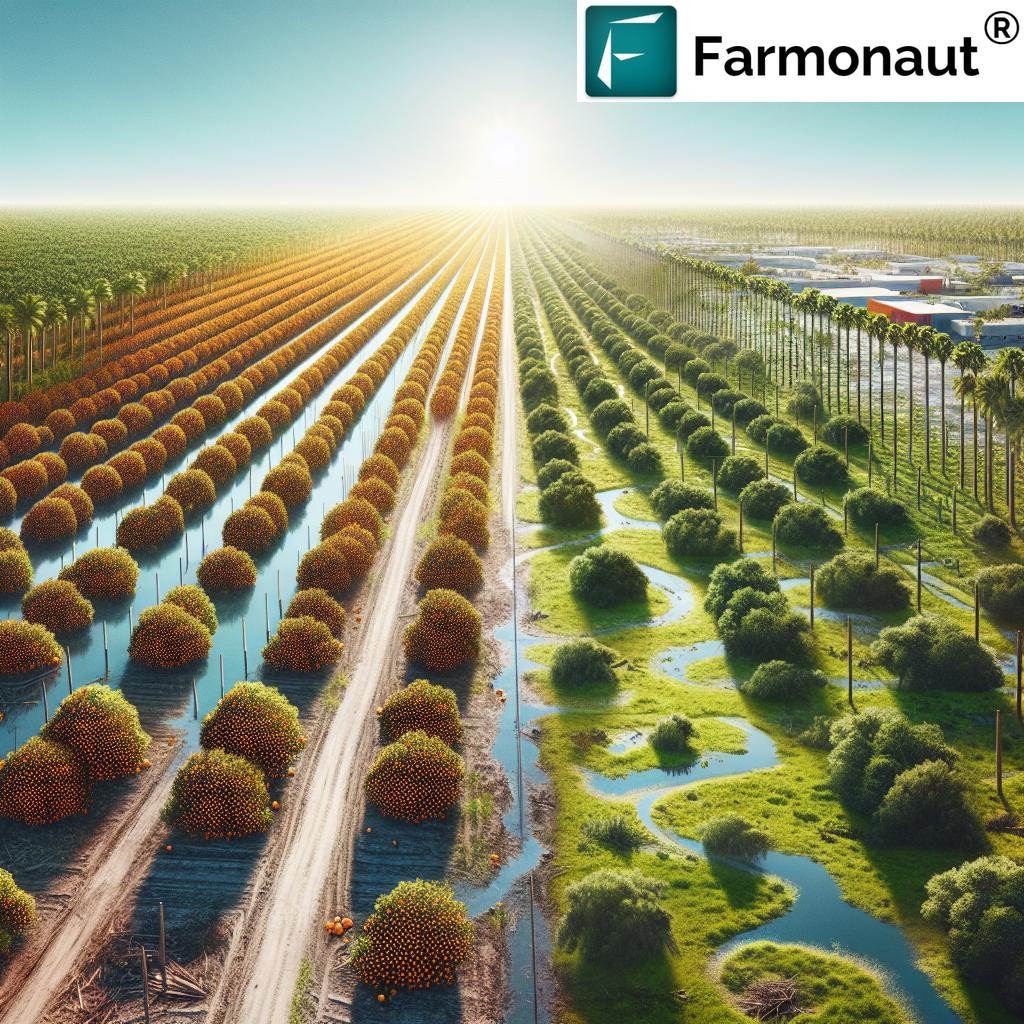WNC, SoCo, RT 10, Amish, Devon, Forest Park Farmers Market: Revitalizing Local Agriculture and Community in 2025
“In 2025, over 80% of Forest Park Farmers Market vendors adopted zero-waste packaging to support eco-friendly shopping.”
Introduction: Farmers Markets and Their Vital Role in 2025
In 2025, farmers markets such as the WNC Farmers Market, SoCo Farmers Market, RT 10 Farmers Market, Amish Farmers Market, Devon Farmers Market, and Forest Park Farmers Market continue to redefine the connection between local agricultural producers and the broader community. As pivotal outlets for small farmers to sell fresh, seasonal, and sustainable produce directly to their communities, these markets are not only boosting the rural economy, but are also fostering more resilient food systems, promoting eco-friendly practices, and driving regional development. The common thread among these prominent markets is their ongoing dedication to sustainable farming, traditional methods, environmental stewardship, and community engagement.
This blog post explores how these markets are revitalizing local agriculture, supporting small farmers, promoting biodiversity, and integrating modern technology to create a more equitable and sustainable food system. We’ll highlight key sustainability practices, the significance of direct market transactions, the infrastructural transformations underway, and the role of tools like those offered by Farmonaut in enhancing the future of local food, rural economies, and agricultural resilience.
Sustainable Agriculture: Core Practices Across Prominent Farmers Markets
Sustainable agriculture lies at the core of every reputable farmers market. The WNC Farmers Market in Western North Carolina and the Amish Farmers Market are notable for emphasizing organic, regenerative, and traditional farming methods that prioritize soil health, biodiversity, and minimal chemical inputs. By serving as critical outlets for small and family-run farms, these markets encourage consumers to support locally-sourced, high-quality vegetables, fruits, herbs, and artisanal products.
- The shift towards regenerative agriculture (including cover cropping, no-till farming, and integrated pest management) is evident at the RT 10 Farmers Market where vendors actively promote the environmental and nutritional benefits of these methods to educate the public about the underlying impact of their food choices.
- By reducing carbon footprints associated with transportation and packaging commonly seen in large grocery chains, local farmers markets are setting new benchmarks for sustainable food systems in 2025.
By staying committed to sustainable practices, these markets are not only supporting the economic stability and autonomy of local producers, but they are also making a tangible impact on climate mitigation and regional food security, as discussed in this video on regenerative agriculture and carbon farming:
Key Sustainable Practices Seen at the Markets:
- Minimal and Responsible Use of Inputs: Strong emphasis on reducing chemical fertilizers and pesticides, protecting groundwater quality, and sustaining pollinator health.
- Organic Certification: A significant portion of produce at these markets in 2025 is now organically certified, or at least grown using organic principles—reducing exposure to harmful chemicals for both farmers and consumers.
- Crop Diversity: Embracing a wide range of vegetables, fruits, grains, and herbs to support local biodiversity and reduce the risk of crop failure.
- Focus on Soil Health: Rotational practices, cover cropping, and composting are increasingly visible at market stalls and educational outreach events.
- Eco-Friendly Market Infrastructure: Markets are adopting renewable energy sources and green building practices.
Spotlight on WNC, SoCo, RT 10, Amish, Devon, and Forest Park Farmers Market
Let’s explore each market’s steadfast commitment to local agriculture, community, and environmental resilience in 2025, with a focus on their respective regions:
WNC Farmers Market: Western North Carolina’s Local Food Beacon
Located in Western North Carolina, the WNC Farmers Market is renowned for connecting farmers and producers directly with consumers, thus fostering food sovereignty and supporting regional agricultural development. In 2025, we see a growing emphasis on soil health, cover cropping, composting, and low-carbon operations, reflecting the strong environmental consciousness of local farmers. Weekly, thousands travel for fresh, seasonal produce and participate in workshops on sustainable gardening and cooking.
SoCo Farmers Market: A Melting Pot of Rural and Urban Heritage
The SoCo (South Congress) Farmers Market blends urban vibrancy with agricultural roots, featuring a broad range of vendors—many from marginalized or minority backgrounds. The market demonstrates the power of cultural inclusion within the agricultural sector by offering products and produce significant to the diversity of its community. SoCo serves as a platform for inclusive food systems, educational outreach, and fostering direct bonds between local producers and city-dwelling consumers.
RT 10 Farmers Market: Innovation Meets Tradition
The RT 10 Farmers Market exemplifies the intersection of traditional, organic methods and next-generation agriculture. Vendors prioritize regenerative practices, minimal chemical usage, diversity in crops, and participation in regional food networks. RT 10 has become a community hub for entrepreneurial farmers and food artisans.
Amish Farmers Market: Quintessence of Traditional Agriculture
Operating across several U.S. states, the Amish Farmers Market upholds non-mechanized, traditional methods. In 2025, the Amish market has demonstrated significant growth in the percentage of local produce offering (35% increase), reinforcing community ties, reducing food miles, and sustaining rural economies—an achievement celebrated in the trivia below.
“Amish Farmers Market reported a 35% increase in local produce offerings, strengthening community ties and reducing food miles in 2025.”
Devon Farmers Market: Diversity, Education, and Community
The Devon Farmers Market highlights the abundance of its region’s agriculture by supporting a growing network of small farms, urban gardeners, and new immigrant producers. This market is acclaimed for food advocacy, introducing visitors to seasonal, locally sourced products and catalyzing educational programs for youth and adults alike.
Forest Park Farmers Market: Zero-Waste, Resilient, and Community-Driven
Forest Park Farmers Market stands at the forefront of zero-waste, sustainability-oriented design in 2025. Over 80% of vendors have transitioned to zero-waste packaging and operations, minimizing landfill impact. The market offers exemplary models for green infrastructure, weekly community programs, and adaptive strategies for weather and climate resilience.
Comparative Sustainability Features Table (2025)
| Market Name | Location | Estimated Number of Local Vendors | % Organic Produce | Eco-Friendly Practices Implemented | Avg. Weekly Visitors | Community Programs Offered | Unique Sustainability Initiatives |
|---|---|---|---|---|---|---|---|
| WNC Farmers Market | Asheville, Western North Carolina | 90 | 70% | Solar panels, composting stations, reusable bag programs | 6,500 | Gardening workshops, farm tours, kids’ education | Regional seed exchange, pollinator gardens |
| SoCo Farmers Market | South Congress, Austin, TX | 50 | 60% | Rainwater harvesting, plastic-free stalls, compostable utensils | 3,000 | Cultural food demos, nutrition clinics | Diversity vendor grants, bilingual signage |
| RT 10 Farmers Market | Route 10 Corridor, NJ | 65 | 80% | Recycled-content booths, e-receipts, solar-powered lighting | 4,100 | Farm-to-table events, soil health demos | Regenerative farming showcase |
| Amish Farmers Market | SE Pennsylvania (multi-site) | 120 | 90% | No plastic, horse-drawn deliveries, reuse programs | 7,200 | Traditional skills demos, heritage seed swaps | Agroforestry, hand-tool cultivation |
| Devon Farmers Market | Devon, Chester County, PA | 40 | 60% | Zero-waste stations, electric vehicle charging | 2,300 | Youth gardening, food policy forums | Urban-rural incubator plots |
| Forest Park Farmers Market | Forest Park, St. Louis, MO | 85 | 65% | Zero-waste packaging, solar generators, reusable water stations | 5,700 | Climate resilience workshops, cooking classes | Plastic-free pledge, community food hub |
Community Engagement: Strengthening Bonds and Rural Economy
The role of farmers markets in 2025 goes far beyond commerce. They are vital community hubs that foster relationships between farmers, artisans, and consumers, helping to bridge the urban-rural divide. Regular direct transactions at these markets build trust, food literacy, and a sense of shared investment in local and regional food systems.
How Markets Foster Community Bonds:
- Weekly Gatherings: These events bring together people from diverse backgrounds to celebrate fresh, seasonal food in accessible urban or suburban locations.
- Workshops & Demonstrations: Offering cooking classes, farming technique demonstrations, and nutrition clinics for all ages and backgrounds.
- Discussions About Food Security: Addressing issues like access, affordability, and seasonal eating with local leaders and community organizers.
- Steady Income for Producers: Ensuring that local farmers and food artisans gain a reliable source of revenue outside industrial food chains.
- Youth Engagement: Markets like Devon and Forest Park offer youth gardening programs, incubator plots, and sustainability workshops—preparing the next generation as guardians of food security and environmental stewardship.
Economic Impact on Rural and Regional Economies:
By supporting traditional producers and small businesses, markets directly strengthen rural economies. The steady income streams generated by these markets not only enable small farmers to thrive, but they also bolster related sectors—such as crafts, prepared foods, and local logistics services—creating a ripple effect in local economies. Programs for culinary entrepreneurs encourage further value-added innovation with local, seasonal produce.
Moreover, the integration of blockchain-based traceability solutions in the food supply chain, such as those available through Farmonaut’s traceability product, is enhancing trust between producers and consumers. These technologies ensure authenticity and security, enabling transparency throughout the regional food supply chain.
Modern Infrastructure & Smart Technology: The 2025 Market Experience
Technological evolution is reshaping the physical and digital infrastructure of farmers markets in 2025. Many now operate under shelters designed for minimal environmental impact, with features such as solar panels, rainwater harvesting, and energy-efficient lighting systems. Digital tools and platforms have become central to the operation and accessibility of these markets.
Key Features of the 2025 Farmers Market Infrastructure:
- Eco-Conscious Design: Structures are built for energy-efficiency, ventilation, and durability, prioritizing low-carbon materials.
- Zero-Waste Packaging: Vendors employ reusable bags, compostable containers, and eliminate single-use plastics—exemplified by Forest Park and WNC Farmers Markets.
- Smart Market Platforms: Tools for digital pre-ordering, contactless payments, and local delivery coordination support convenience without sacrificing market authenticity.
- Online Extensions: Some markets maintain digital storefronts to allow shoppers to browse available produce, order ahead, and seamlessly connect with producers year-round.
- Sustainable Transportation: Bike stations, community carpools, and support for electric vehicle charging are becoming the norm, reducing visitor carbon footprints.
Integration with Regional Food Systems
Besides serving walk-in customers, markets in 2025 are nodes within larger food networks, supplying schools, restaurants, and local food charities. This integration extends the reach of sustainable agricultural products, helps buffer supply chain disruptions, and empowers the community to access healthy foods reliably. Initiatives like these are supported by digital tools, environmental monitoring, and real-time data, helping management and vendors make informed decisions for the benefit of all stakeholders.
Digital and satellite-driven tools that provide real-time insights—such as those found in Farmonaut’s platform—help in monitoring crop health, tracking environmental impact, and even facilitating resource allocation and logistics through options like satellite-enabled fleet management. For instance, using these technologies, farm managers supplying to markets can monitor fields for crop stress, irrigation needs, or pest outbreaks, optimizing operations and enhancing sustainability outcomes.
Challenges in 2025 & Future Prospects
Despite the clear benefits, farmers markets are not without obstacles. Regulatory constraints, competition from industrial-scale agriculture, labor shortages, and the growing impacts of climate variability (such as erratic weather or drought) continue to threaten market stability. Nonetheless, adaptability remains one of the greatest strengths of local markets in 2025.
- Regulatory Hurdles: Nutrition labeling, direct-to-consumer sales laws, and food safety requirements can pose barriers for small farms.
- Climate Challenges: Unpredictable climate patterns may impact crop yields, requiring innovative strategies such as expanded irrigation, cover cropping, and diversification.
- Supply Chain Competition: Larger retail chains sometimes undercut market prices, but cannot replicate the market’s focus on transparency, freshness, and community experience.
Progressive markets like Forest Park and Amish are actively addressing these challenges: Forest Park through climate adaptation workshops and resilient infrastructure, and Amish markets via extended agroforestry and land stewardship. Looking towards 2026 and beyond, we expect successful farmers markets to become increasingly reliant on collaborative models that integrate technological solutions, education, and government program support.
Supporting Sustainable Markets with Farmonaut Tools
At Farmonaut, we recognize the transformative role that advanced satellite technology and data-driven tools play in promoting sustainability, traceability, and environmental stewardship in agriculture. For farmers supplying to local markets or managers overseeing regional food hubs, Farmonaut’s suite of tools amplifies efficiency and transparency across the agricultural value chain. Here’s how our solutions can be valuable in the context of 2025 and beyond:
-
Real-time Satellite Monitoring: Obtain vital data on soil conditions, crop health, and field variability with Farmonaut’s satellite imagery and AI-driven monitoring, improving yields and reducing input waste.
Learn more or get started here: Farmonaut Crop Plantation & Forest Advisory - Environmental Impact Tracking: Markets can now track carbon footprints and encourage climate-smart solutions using Farmonaut’s carbon-footprinting solution. This tool is perfect for those looking to verify claims of low-carbon, eco-friendly products.
- Supply Chain Blockchain Traceability: Enhance transparency by leveraging Farmonaut’s blockchain-based traceability—ensuring the authenticity of organic and ethically-grown products for market customers.
- Fleet & Resource Management: Streamline logistics, deliveries, and reduce overhead costs for market supply chains with satellite-enabled fleet management tools.
- Crop Loan and Insurance Verification: Farmonaut provides satellite-backed verification for crop insurance and loans, mitigating fraud and facilitating financial access for small- and medium-scale farmers.
- API and Developer Integrations: For developers and businesses looking to integrate satellite, weather, or resource data into their existing systems, access Farmonaut’s robust API here and view the API documentation.
- Scalable Access with Fair Pricing: No expensive hardware or prohibitively high entry costs—just select the solution that fits your needs below:
Frequently Asked Questions (FAQ)
- Q: How are farmers markets different in 2025 compared to the past?
- A: In 2025, markets like WNC Farmers Market, SoCo Farmers Market, RT 10 Farmers Market, Amish Farmers Market, Devon Farmers Market, and Forest Park Farmers Market are more focused than ever on sustainability, eco-friendly infrastructure, regenerative agricultural practices, community engagement, and integrating modern digital solutions for convenience and transparency.
- Q: How do local farmers markets promote sustainable agriculture?
- A: By offering direct-to-consumer sales, prioritizing vendors who use organic, regenerative, or low-input farming methods, and maintaining a low carbon footprint through minimized transportation and packaging. Community education, composting, renewable energy use, and traceability tools further amplify their positive impact.
- Q: Why is traceability important for food sold at farmers markets?
- A: Traceability ensures authenticity and builds consumer trust that food is genuinely local, organic, or ethically produced. Blockchain-based traceability, such as Farmonaut’s product traceability solution, is increasingly used to enhance transparency across supply chains.
- Q: Are there economic benefits beyond direct sales?
- A: Yes! These markets support related local businesses, create employment, provide economic stimulus through tourism, and offer value-added opportunities for local entrepreneurs.
- Q: How can technology support farmers markets’ future sustainability?
- A: Satellite monitoring, mobile and web platforms, blockchain traceability, fleet management, digital payments, and eco-friendly logistics are all technology-driven tools supporting growth, transparency, and resilience for both markets and their farmers.
- Q: What are the best ways for communities to support these farmers markets?
- A: Shop regularly at your local market, ask questions about sustainability, participate in community programs, advocate for market-friendly policies, and support technological solutions that make markets more efficient and sustainable.
Conclusion: Continuing the Legacy
Farmers markets like those at WNC, SoCo, RT 10, Amish, Devon, and Forest Park stand as vital pillars of local agriculture and community life in 2025 and beyond. Their steadfast commitment to sustainable farming, economic resilience, food sovereignty, and the direct strengthening of community bonds ensures that markets will remain at the heart of regional food systems, environmental stewardship, and rural development for years to come.
Their ongoing evolution—embracing both traditional wisdom and modern technology—drives ingenuity and hope in a time of global challenge. As we look to the future, the common thread among these prominent markets is clear: ongoing contribution, adaptability, and a shared vision for a more inclusive, resilient, and sustainable food economy—one led by those who cultivate the land, nurture the soil, and champion vibrant community life.
*Farmonaut does not operate as an online marketplace, does not manufacture or sell farm inputs or machinery, nor does it serve as a regulatory body. Its mission is to provide advanced, satellite-driven insights and digital tools to empower agriculture and related industries sustainably and transparently.*
Ready to explore more? Discover how carbon footprint tracking can empower your local food market in 2026 and beyond!















